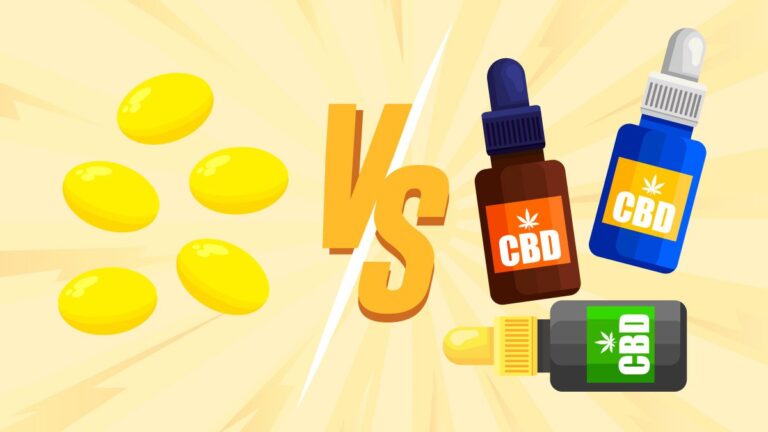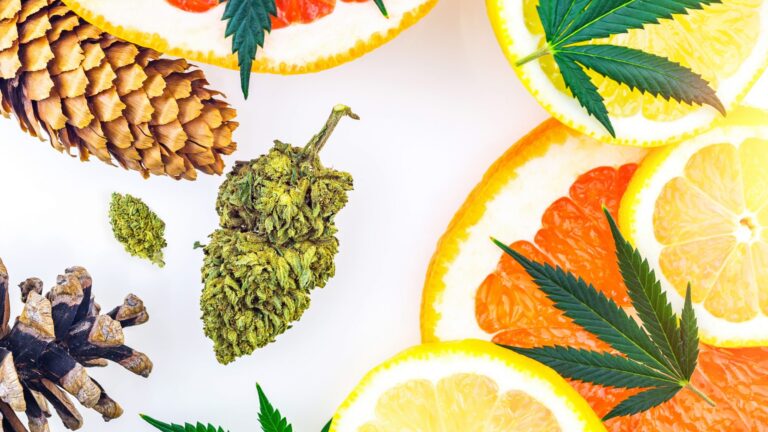
The Magic of Cannabis Terpenes: Guide to Their Effects and Benefits
Cannabis is celebrated for its diverse effects, from soothing relaxation to bursts of creativity, and much of this magic comes from terpenes in weed. These aromatic compounds give each strain its unique scent and flavor while potentially shaping its therapeutic and recreational impact. Whether you’re curious about what are terpenes, eager to explore a list of terpenes in marijuana, or wondering about cannabis terpenes and their effects, this comprehensive guide will illuminate the role of these powerful compounds. Dive into the vibrant world of marijuana terpenes and discover how they can elevate your cannabis experience.
What Are Cannabis Terpenes?
Terpenes are organic compounds found in many plants, including Cannabis sativa, where they contribute to the plant’s aroma, flavor, and potentially its effects. Produced in the trichomes—the same resinous glands that create cannabinoids like THC and CBD—terpenes are volatile molecules that give cannabis strains their distinctive profiles, from citrusy and uplifting to earthy and sedative.
While over 150 terpenes have been identified in cannabis, only a handful are present in significant amounts and are linked to specific effects. These compounds are not unique to cannabis; they’re found in fruits, herbs, and trees, contributing to scents like lavender or pine. In cannabis, terpenes may work synergistically with cannabinoids in what’s called the “entourage effect,” potentially enhancing or modulating the plant’s overall impact, though scientific evidence is still developing.
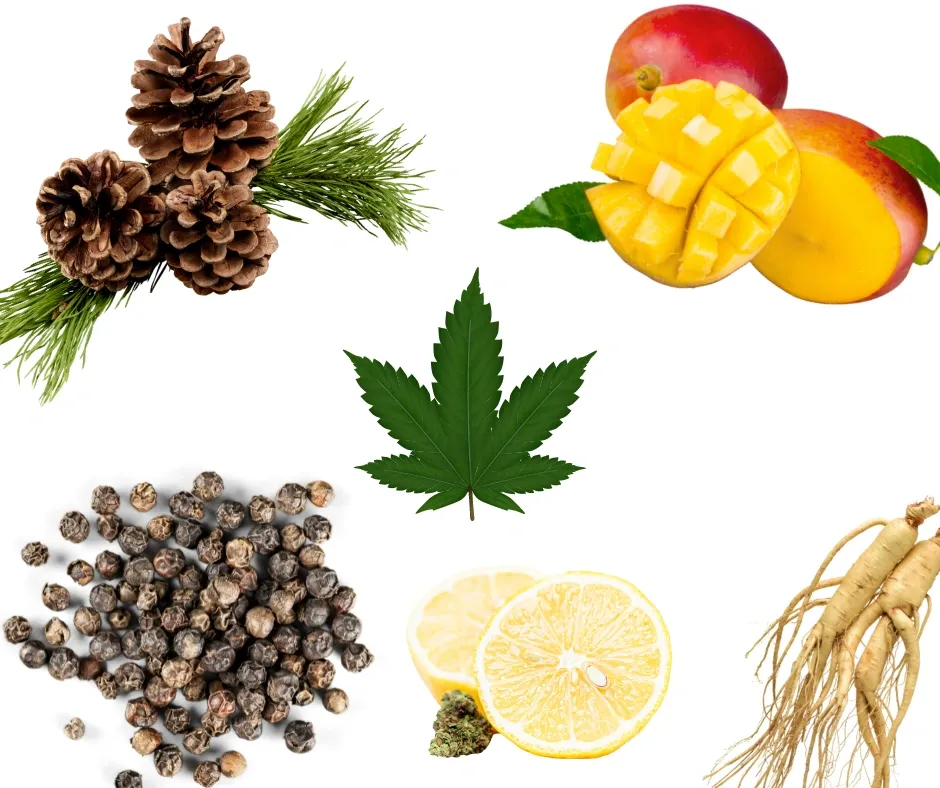
Are There Psychoactive Terpenes in Cannabis?
A common question is, what’s the psychoactive terpene in weed? The answer is straightforward: no terpene is directly psychoactive like THC, the primary compound responsible for cannabis’s “high.” Terpenes may influence the experience by amplifying or tempering THC’s effects, but they don’t produce psychoactivity on their own. For example, caryophyllene may reduce anxiety associated with THC, while myrcene can enhance sedation, but these are subtle, supportive roles rather than direct psychoactive effects.
Common Cannabis Terpenes and Their Effects
Below is a detailed list of terpenes and effects, highlighting the most prevalent types of terpenes found in cannabis, their aromas, reported benefits, and strains where they’re commonly found:
| Terpene | Aroma | Reported Effects | Found In Strains |
|---|---|---|---|
| Myrcene | Earthy, musky, fruity | Relaxation, euphoria, sedative (“couch-lock” at >0.5%) | OG Kush, Girl Scout Cookies, Grape Ape |
| Limonene | Citrus | Mood-lifting, anti-anxiety, anti-depressant | Wedding Cake, Quantum Kush, Berry White |
| Pinene | Pine, woodsy | Alertness, memory aid, anti-inflammatory | Haze Berry, OG Kush, Blue Dream |
| Caryophyllene | Spicy, peppery | Anti-inflammatory, analgesic, gastroprotective | Cookies, Girl Scout Cookies, Sour Diesel |
| Linalool | Floral, lavender | Calming, anti-anxiety, pain-relieving | Lavender, Amnesia Haze, LA Confidential |
| Humulene | Spicy, herbal | Anti-inflammatory, appetite suppressant | Gelato, Atlantis, Sour Diesel |
| Beta-Pinene | Pine | Anti-inflammatory, memory aid | Jack Herer, Blue Dream, White Widow |
| Borneol | Mint, metallic | Anti-inflammatory, analgesic | K-13 Haze, Golden Haze, Amnesia Haze |
| Phytol | Floral | Sedative, anti-anxiety, anti-inflammatory | Sour Diesel, Blue Dream, Cheese |
| Eucalyptol | Minty, menthol | Anti-bacterial, anti-fungal | Girl Scout Cookies, AC/DC, Headband |
| Sabinene | Woodsy, spicy, peppery | Digestive aid, anti-bacterial, antioxidant | Super Silver Haze |
Key Notes on Terpenes
- Myrcene: The most abundant terpene in cannabis, often linked to indica strains for its sedative effects. Levels above 0.5% may induce a “couch-lock” sensation, while lower levels can be energizing.
- Limonene: Known for reducing THC-induced anxiety, making it ideal for uplifting, daytime strains.
- Caryophyllene: Unique for binding to CB2 receptors in the endocannabinoid system, offering potential anti-inflammatory benefits without psychoactivity.
- Linalool: Mimics lavender’s calming properties, often used in strains for stress relief or sleep support.
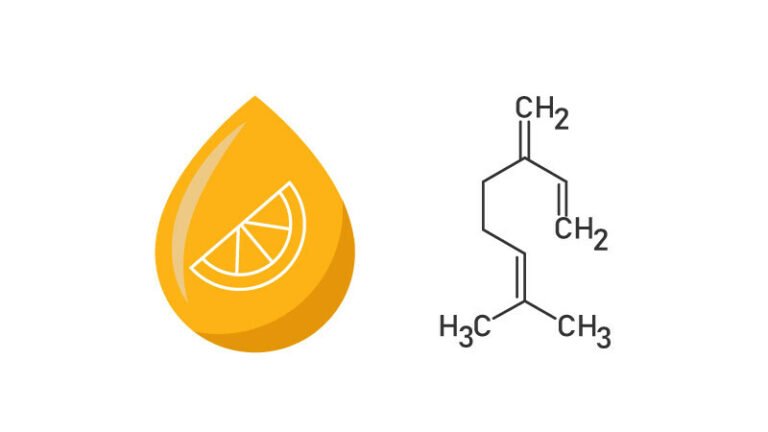
These effects are based on a combination of anecdotal reports and preliminary research, such as studies cited by GoodRx and PMC. Human studies are limited, so individual experiences may vary.
How Terpenes Shape the Cannabis Experience
Terpenes in cannabinoids don’t just add aroma—they can significantly influence how cannabis affects you. The entourage effect suggests that terpenes and cannabinoids work together to create a more nuanced experience than either could alone. For instance:
- Myrcene enhances THC’s sedative effects, making it common in strains used for relaxation or sleep.
- Limonene may counteract THC’s anxiety-inducing properties, creating a balanced, uplifting high.
- Pinene could reduce THC-related memory impairment, supporting focus and clarity.
This synergy explains why strains with similar THC levels can feel vastly different. For example, OG Kush (high in myrcene) is deeply relaxing, while Blue Dream (rich in pinene) is energizing and clear-headed. By understanding a strain’s terpene profile, you can better predict its effects and choose one that suits your needs, whether for creativity, pain relief, or stress reduction.
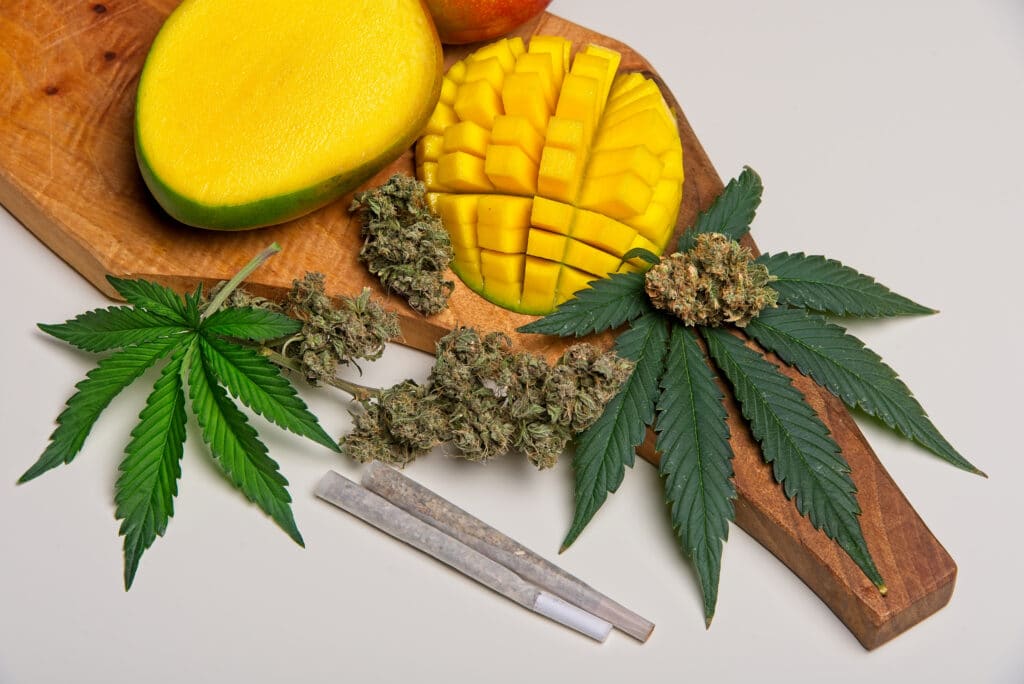
The Science Behind Cannabis Terpenes
Research on cannabis terpenes and their effects is still in its early stages, but promising findings are emerging:
- A 2020 review in Frontiers in Plant Science (PMC) highlights the diversity of terpenes in cannabis and their potential therapeutic roles, such as anti-inflammatory and analgesic properties.
- A 2024 study (ScienceDirect) found that limonene can reduce THC-induced anxiety in animal models, suggesting a calming effect.
- Studies on linalool (PubMed) indicate potential stress-relieving and pain-reducing benefits, though most evidence comes from animal studies.
While these findings are encouraging, high-quality human studies are needed to confirm the full scope of terpene benefits. The entourage effect, while widely discussed, also requires further research to validate its mechanisms, as noted by Healthline.
Terpenes in Popular Cannabis Strains
Different cannabis strains boast unique terpene profiles, which shape their aroma and effects. Here are some examples:
- OG Kush: Dominated by myrcene, with earthy, musky notes, it’s ideal for relaxation and stress relief.
- Blue Dream: Features pinene and myrcene, offering a balanced high with focus and mild euphoria.
- Girl Scout Cookies: Rich in caryophyllene and limonene, it delivers a spicy, citrusy aroma and uplifting effects.
- Sour Diesel: High in limonene and pinene, it’s energizing with a citrusy, piney scent.
By checking a strain’s terpene profile, often provided by dispensaries or lab reports, you can select one that aligns with your desired experience.
Why Terpenes Matter for Cannabis Users
Understanding marijuana terpenes empowers you to make informed choices about cannabis products. Whether you’re seeking relief from anxiety, pain, or insomnia, or simply want a specific flavor profile, terpenes can guide your selection. They also add a layer of appreciation for cannabis’s complexity, as each strain offers a unique sensory and therapeutic experience.
The cannabis industry is increasingly focusing on terpenes, with breeders developing strains to highlight specific profiles and companies adding terpenes to products like tinctures and edibles for enhanced effects, as noted by C&EN.
Practical Tips for Exploring Terpenes
- Check Lab Reports: Look for terpene profiles on product labels or dispensary websites to choose strains that match your needs.
- Experiment with Strains: Try strains with different dominant terpenes to discover what works best for you.
- Use Inhalation Methods: Terpenes are most effective when inhaled (e.g., smoking or vaping), as they may lose potency in edibles (Thieme).
- Consult Professionals: Speak with a healthcare provider or budtender for guidance, especially if using cannabis for medical purposes.
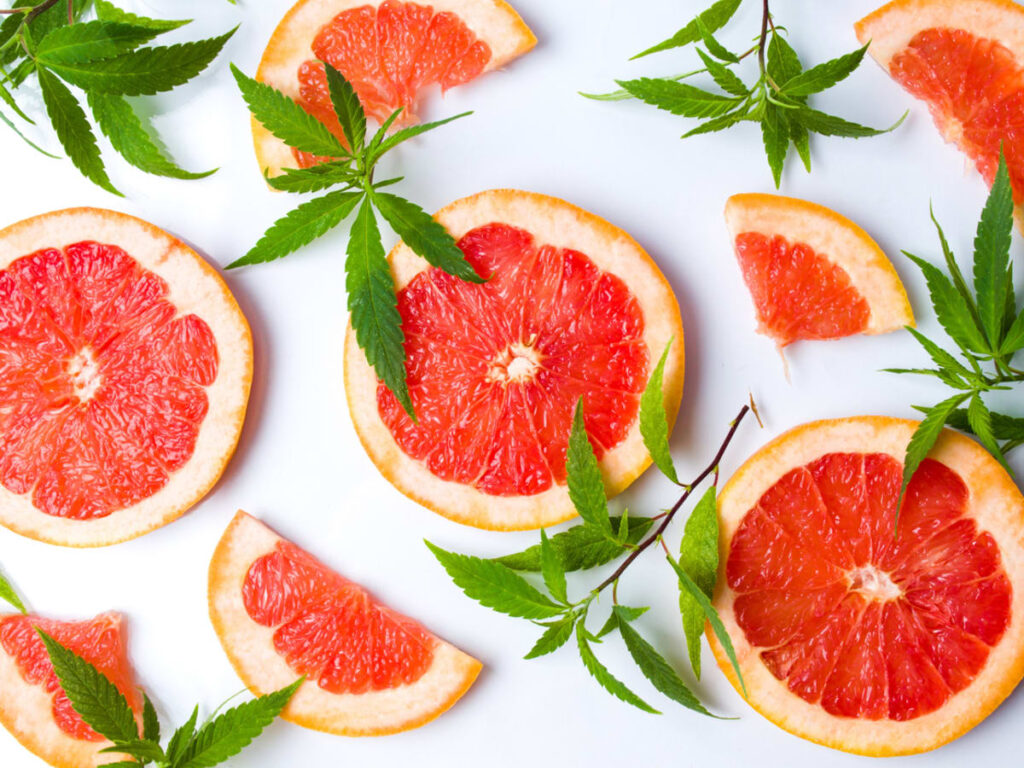
Conclusion
Cannabis terpenes are the unsung heroes of marijuana, adding depth to its aroma, flavor, and effects. From the calming floral notes of linalool to the energizing citrus burst of limonene, these compounds offer a spectrum of possibilities for tailoring your cannabis experience. While no terpene is directly psychoactive, their synergy with cannabinoids like THC and CBD can enhance relaxation, focus, or pain relief. As research continues to uncover their potential, exploring terpenes in weed allows you to unlock the full magic of cannabis. Dive into the world of terpenes, experiment with strains, and find the perfect profile for your needs.
Citations:
- Exploring THC Oil
- Healthline: Cannabis Terpenes: What They Are and How They Work
- GoodRx: A GoodRx Guide To Common Cannabis Terpenes
- PMC: The Cannabis Terpenes
- Leafly: What are cannabis terpenes and what do they do?
- THC Design: Cannabis Terpenes 101: Marijuana Terpene Chart
- ScienceDirect: Limonene Reduces THC-Induced Anxiety
- PubMed: Linalool and Stress Relief

